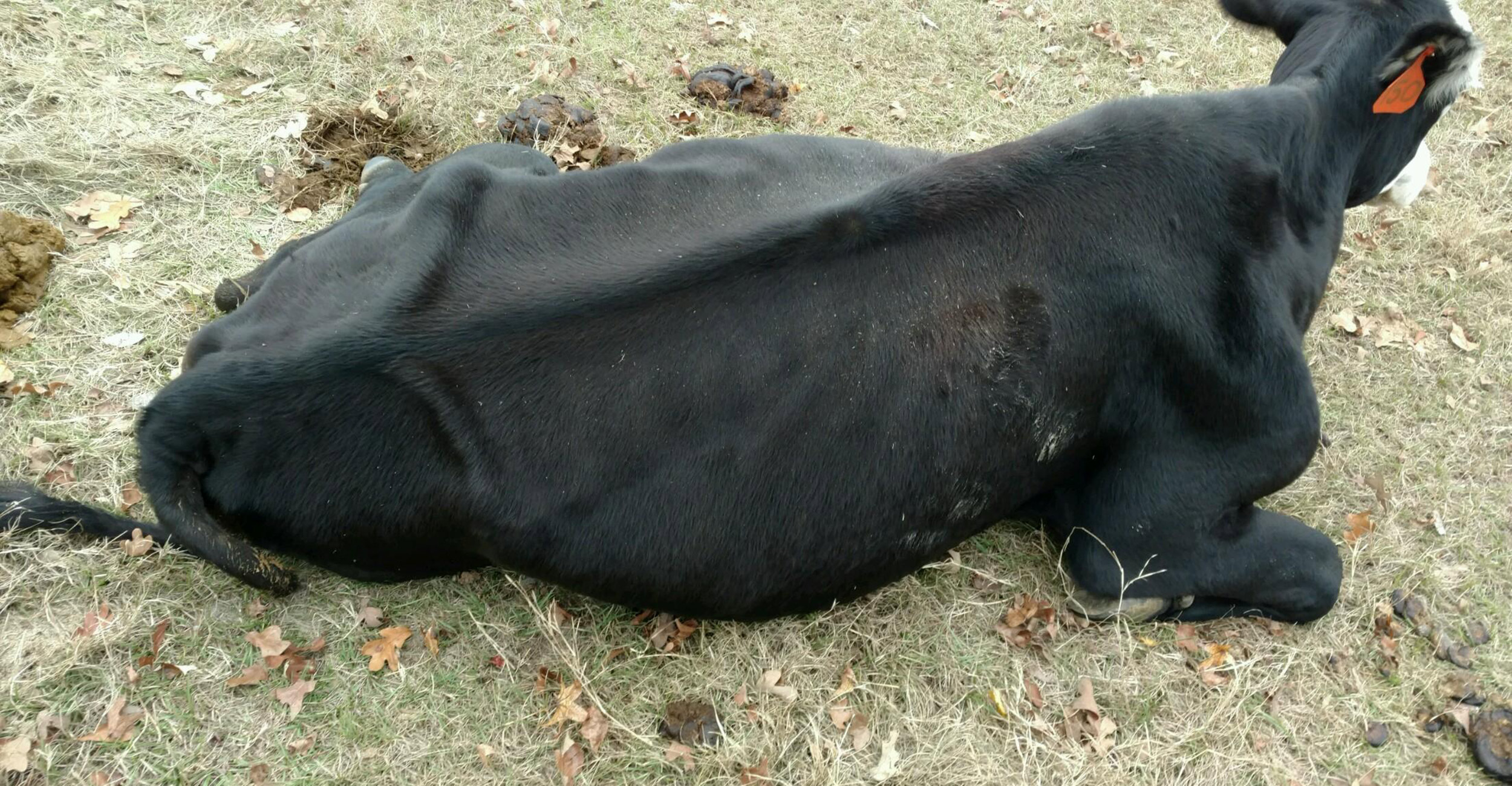
Veterinary Viewpoints: Fighting Johne’s Disease
Wednesday, June 30, 2021
Johne’s Disease is a slow, contagious disease that is typically fatal to cattle, but there are ways beef producers can keep it out of herds.
The bacteria, Mycobacterium avium subspecies paratuberculosis (MAP), primarily affect the small intestine, creating a thickened and inflamed intestinal wall. Weight loss and diarrhea, with no loss of appetite, are usual signs in cattle. The bacteria are shed in the feces of infected animals.
A 2007 National Animal Health Monitoring System dairy study indicated that 68% of U.S. dairy herds had Johne’s in at least one cow, and large herds had nearly 100% prevalence. Infection levels in beef cattle herds are not well documented as whole herd testing is not regularly performed unless an individual member of the herd tests positive. Johne’s is probably present in more beef cattle herds than realized.
Calves are typically exposed by ingesting the bacteria from fecal contamination of their dam’s udder or contaminated environment. Calves may also be exposed in utero or from nursing infected milk or colostrum. Older cattle can also be exposed from environmental contamination. Signs of disease do not usually become evident until two or more years after infection.
Four stages of the disease are recognized:
Stage 1 — Silent, subclinical, non-detectable infection
Most often seen in young animals under two years old or animals exposed later in life,
current tests cannot detect infection in Stage 1 animals. Most animals progress to
Stage 2 although recovery is possible.
Stage 2 — Subclinical shedders
These animals do not show clinical signs of disease but will shed the bacteria in
their manure at high levels, contaminating the environment. Fecal culture may be able
to detect the bacteria, but blood tests for the disease are not always accurate. These
animals may or may not progress to Stage 3.
Stage 3 — Clinical disease
Cattle in this stage exhibit a normal appetite with weight loss and diarrhea. Signs
may initially present or recur at times of stress such as at calving. Cattle in this
stage shed huge quantities of the bacteria. They are typically positive on fecal and
blood tests. Cattle may stay in this stage from days to weeks before progressing to
Stage 4.
Stage 4 — Emaciation with fluid diarrhea
This is the final and most severe stage of the disease. Cattle sent to slaughter at
this stage may not pass inspection if the infection has spread throughout the body.
Affected animals will have severe fluid diarrhea leading to severe weight loss and
bottle jaw.
Testing of animals is challenging as many Stage 1 and 2 infected animals will not
test positive, and tests are never 100% accurate. Testing may be performed from blood
and fecal samples. Producers should consult with their veterinarian for assistance
in selecting tests that correlate with operational needs and conditions.
The most common method of disease spread is from new purchases or introductions. The best mechanism to prevent Johne’s is through biosecurity measures. Purchasing directly from credible operations that have whole herd negative testing for multiple years is the best option, but many beef herds do not routinely conduct whole herd testing. For those ranchers utilizing embryo transfer, pay particular attention to recipient cows. Sources of colostrum for beef herds should also be evaluated.
Good biosecurity measures include a regular discussion regarding Johne’s risk with the producer’s herd veterinarian. Discuss risk assessment options as well as options for state and federal voluntary programs. A team approach with the herd veterinarian and good biosecurity help protect the producer’s herd against Johne’s Disease, as well as decrease the incidence of disease for the cattle industry.
About the author: Dr. Rosslyn Biggs is an assistant clinical professor at Oklahoma State University’s College of Veterinary Medicine. She earned her DVM degree from Oklahoma State University and currently serves as a beef cattle Extension specialist and director of continuing education.
Veterinary Viewpoints is provided by the faculty of the OSU Veterinary Medical Hospital. Certified by the American Animal Hospital Association, the hospital is open to the public providing routine and specialized care for all species and 24-hour emergency care, 365 days a year. Call 405-744-7000 for an appointment or more information.
OSU’s College of Veterinary Medicine is one of 32 accredited veterinary colleges in the United States and the only veterinary college in Oklahoma. The college’s Boren Veterinary Medical Hospital is open to the public and provides routine and specialized care for small and large animals. The hospital offers 24-hour emergency care and is certified by the American Animal Hospital Association. For more information, visit https://vetmed.okstate.edu or call 405-744-7000.
